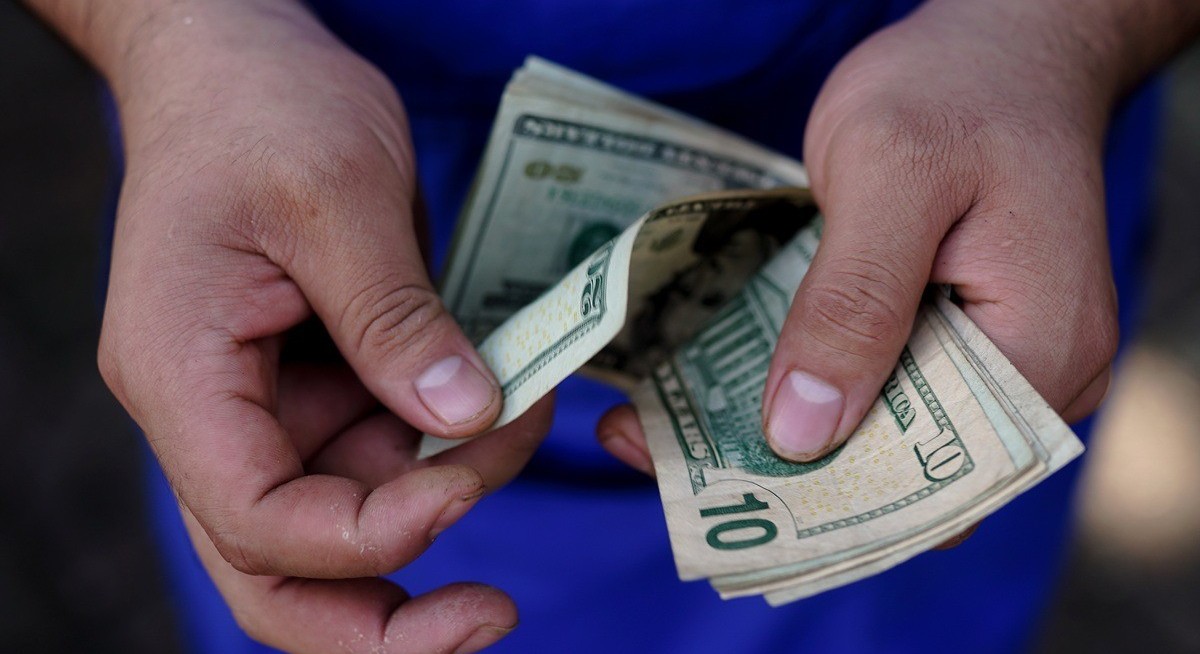(Nov 7): The US government shutdown has obscured signals of structural weakness in the labour market that will drag the dollar lower once the data starts trickling in, currency strategists say.
The dollar wrapped up its second best month this year in October, amid a dearth of economic data releases while the government was shut.
“We think the absence of US labour market data has allowed investors to ignore the underlying currents relating to the structural slowdown in hiring,” David Adams, head of G-10 FX strategy at Morgan Stanley, said in an interview. “The more that employment data show a consistently slow pace of hiring, the more investors will begin to price in this structural force via lower real and nominal rates, which in turn weighs on the dollar.”
The Bloomberg Dollar Spot Index fell for a second day Thursday by the most since mid-October, after a private measure of US jobs pointed to a stumbling labour market. Traders boosted wagers on US Federal Reserve interest-rate cuts after the report. The index is down 6.8% so far this year, having posted its worst performance in decades in the first half of the year.
The government shutdown, now the longest in the US history, has muddied the outlook of the US economy, raising doubts the Fed will have enough data to justify another rate cut in December after lowering rates twice this year.
See also: Malaysian ringgit rises to 13-month high on fading rate-cut view, growth outlook
The most recent US non-farm payroll report before the government shut down showed jobs growth cooled notably in August, while the unemployment rate rose to the highest since 2021. There is little evidence that the employment outlook has improved since then, with investors scrutinising private data and company earnings reports for clues.
What Bloomberg Strategists say...
“Several factors could still extend the greenback’s rally, but its vulnerability is now back in focus. The more the labor narrative softens, the greater the risk that yield-driven support turns from tailwind to trap.” — Brendan Fagan, Macro Strategist, Markets Live
MUFG’s Derek Halpenny said he expects to see renewed selloff in the dollar once fresh data is released, as it will show further weakening in the jobs market.
See also: Malaysia's ringgit nears one-year high on rate outlook, growth optimism
“The scale of deterioration in the NFP data up to what we have was such that historically, it is very rare for the labour market to then suddenly turn around and improve,” Halpenny, head of global markets research at MUFG, said. He said that other measures, such as consumer confidence and ISM employment data, also point to weaker jobs.
US companies announced the most job cuts for any October in more than two decades, according to data from outplacement firm Challenger, Gray & Christmas Inc. Late October, Chipotle Mexican Grill Inc, the fast-casual restaurant chain, cut its outlook for a third time this year as diners pulled back from eating out, another sign that consumer spending is faltering.
Halpenny said that selling in the dollar can be especially pronounced against the euro, which he sees at US$1.20 (RM5) by year end, a level it hasn’t reached in more than four years.
“December is quite a strong month in terms of seasonal bias favouring the euro upside,” he said. “There is the potential for a big move into year-end.”
Morgan Stanley turned neutral on the dollar from bearishm after Fed chair Jerome Powell signalled that a rate cut in December wasn’t a given. But the US rates outlook would need to change significantly for a sustainable dollar rally, Adams said.
“A world where the Fed ends its cutting cycle and investors begin to discuss the possibility of hikes again, is one where the dollar’s carry advantage stops being eroded, he said.
Uploaded by Liza Shireen Koshy





